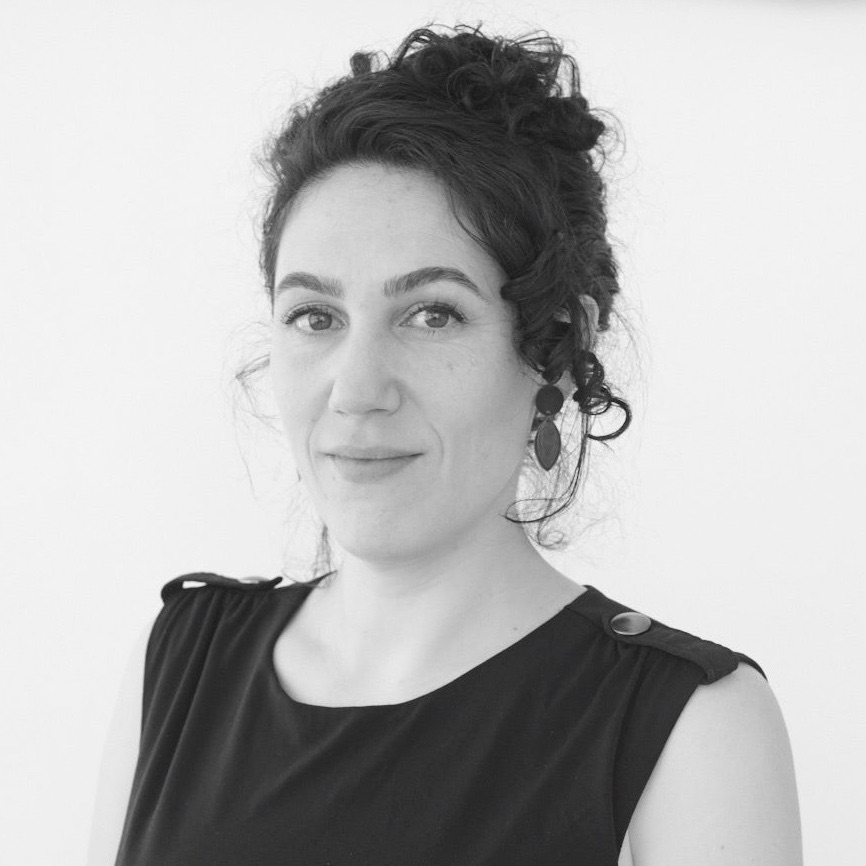‘Healthy’ hair is surprisingly important to our personal identities – just ask balding men or people who embrace the kinky or coily texture of natural Afro hair. But isn’t hair mostly just dead protein? And how can something that isn’t alive be considered healthy? It all comes down to the integrity of the cuticle.
The cuticle is the outermost layer of each individual hair, and it acts like a suit of armour. It’s made up of dead cells, neatly overlapping like roof tiles. Over time, heat, chemical styling, UV light, pollution and swimming in chlorinated pools can all prevent these cells from lying flat – creating gaps in the armour. This allows damaging elements to penetrate the core of the hair shaft and weaken it, making hair dull, dry and brittle. Compare the ends of your hair to the part nearest your scalp and the environmental damage will likely be obvious.
Keep your cuticles in tip-top condition by finding the right combination – and frequency – of cleansing and moisturising for your hair type. Focus shampoo near your scalp, where it can do its job of removing the natural oils that build up there.
Use conditioning products along the hair shaft, all the way to the ends, to replenish any moisture stripped by the shampooing process and help seal the cuticle shut. Lastly, limit how often you use heat to style your hair. At temperatures above 180°C, the proteins in hair start to break down, and heat damage is irreversible. Straightening irons can reach 230°C, so proceed with caution!
Read more:
- Why does chemo cause your hair to grow back differently?
- Why is curly hair curly?
- My boyfriend is like a human Wookiee. Why are some guys so hairy?
- How does a hair follicle ‘know’ that a hair has been cut?
Every week on BBC World Service, CrowdScience answers listeners’ questions on life, Earth and the Universe. Tune in every Friday evening on BBC World Service, or catch up online atbbcworldservice.com/crowdscience
To submit your questions email us at questions@sciencefocus.com (don't forget to include your name and location)
